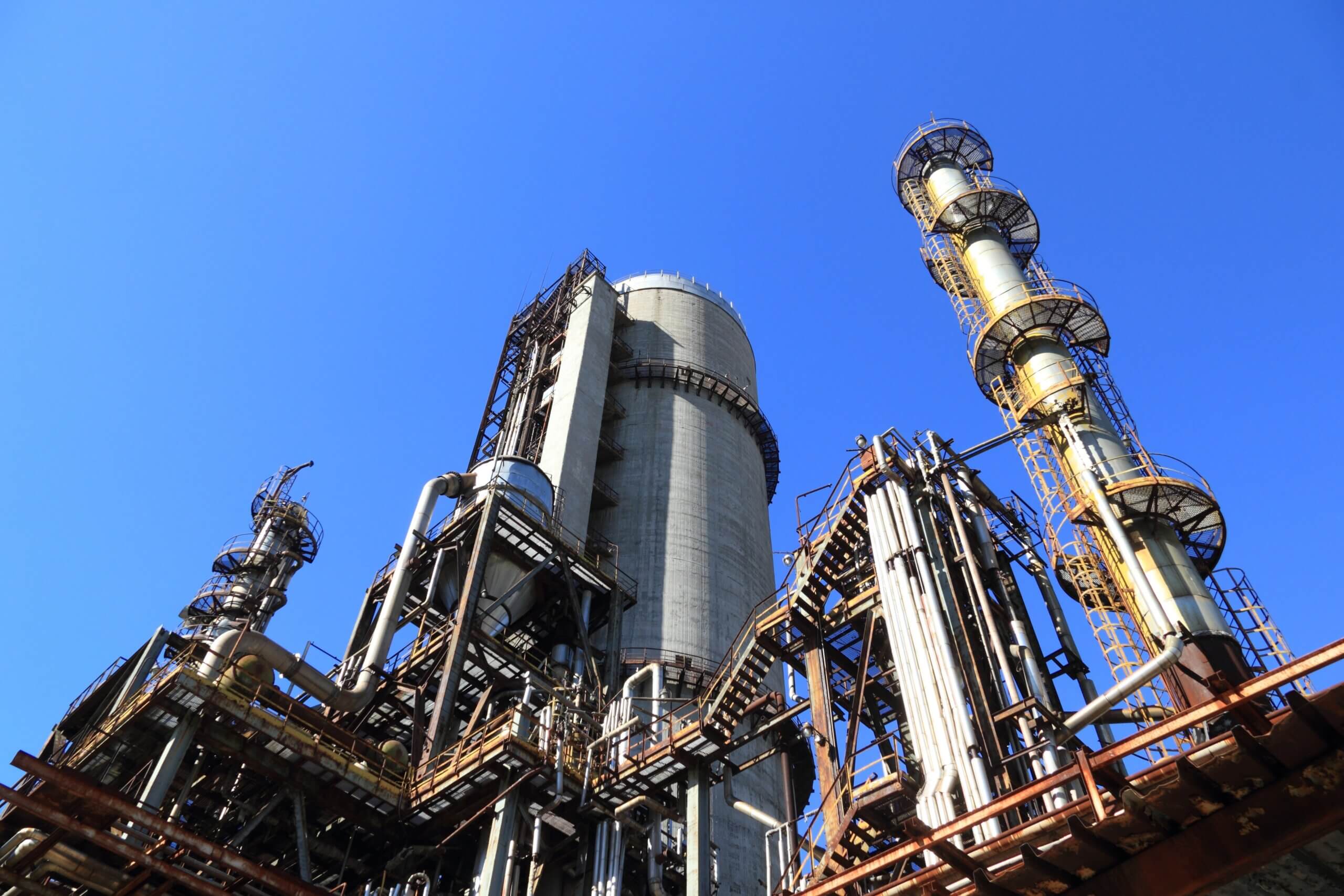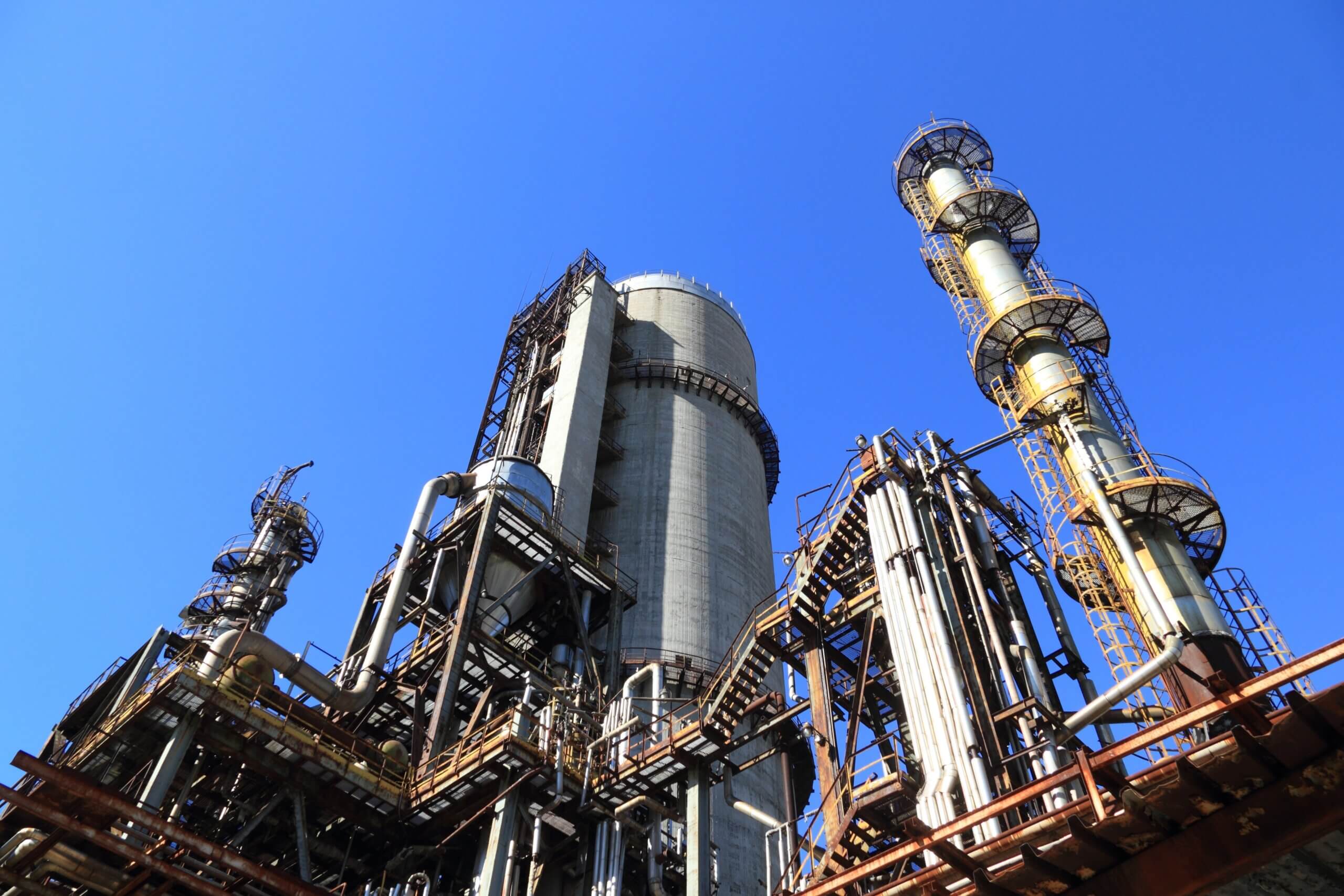“Deglobalization” has entered the narrative zeitgeist. But what’s happening on the ground? This weekly series seeks to answer that question with a round-up of deglobalization developments from the week that’s done.
1. China will soon launch a new state-backed fund to invest in its semiconductor industry, Reuters reports. The fund aims to raise 41 billion USD, and will likely be the largest of three funds launched by the China Integrated Circuit Industry Investment Fund, a national-level investment fund also known as the Big Fund. Chip manufacturing will be one of the main focus areas of investment, according to Reuters reporting.
2. Beijing banned officials at central government agencies from using iPhones for work or bringing any other foreign-branded devices into the office, according to Wall Street Journal reporting. The news sent Apple shares plunging 6% this week—another indication of how the company’s fortunes are tied to the fickleness of the Chinese government.
3. Corporate America just can’t quit China, the New York Times reports, as both push and pull factors keep USA, Inc. in a state of inertia vis-à-vis the Chinese market. The article cites the example of Cummins, the American multinational that manufactures engines and generators, which has nearly two dozen factories in China and depends on the country for about a fifth of its profits. A Cummins spokesman tells the Times: “Our success in China has led to global success and US job growth.”
4. China is reportedly using improved access to semiconductors as a bargaining chip for making progress on international discussion about tackling climate change, Bloomberg reports. US national security advisor Jake Sullivan denounced Beijing’s move to hold the climate “hostage.”
5. Bloomberg columnist Brooke Sutherland writes that companies’ pandemic-era shift towards “just-in-case” supply chains—with extra inventory in stock for dealing with disruptions—is now slowly reverting back to the tradition of “just-in-time” manufacturing. In part, that’s due to higher interest rates making it more expensive to carry the spare inventory. But executives are also trying to supply chain resiliency without necessarily “having extra stockpiles of components on hand just for the sake of it.”
(Photo by Pexabay/Pexels)




